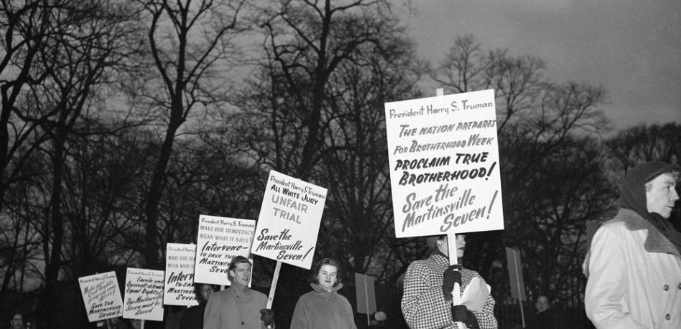The actor opens up about playing Tom Wambsgans, his on-set dynamic with Nicholas Braun, and the charm of Succession’s razor-sharp scripts.
With the highly anticipated return of Succession for its third season, Matthew Macfadyen, who plays the delightfully loathsome Tom Wambsgans, shares insights into his role, his chemistry with co-star Nicholas Braun (Greg), and his love for the series’ scripts.
Taking tea in a London hotel, Macfadyen is a far cry from the calculating, status-obsessed Tom. Warm, self-deprecating, and quick to laugh, the 46-year-old actor describes the public’s reaction to his Succession character with amusement: “I’ll be in a tiny square somewhere, and people shout, ‘Tom! Tom!’ It’s wonderful because they’re not interested in me; they’re just obsessed with the show.”
The drama, centred on the Roy family’s corporate and personal power struggles, has captivated audiences. And among its memorable dynamics is the love-hate “bromance” between Tom and Greg, played by Nicholas Braun. “It feels like the main love story of the show,” Macfadyen quips.
Tom: A Character Fans Love to Hate
Despite Tom’s cringe-worthy ambition and selfish streak, Macfadyen’s nuanced portrayal keeps him oddly likeable. “He’s vain and petty, but he’s also funny and not completely unsympathetic,” he says. “He tries his best, loves Shiv and Greg, but it’s complicated. And he’s scared a lot of the time.”
Macfadyen finds joy in playing Tom, so much so that memorising lines is effortless. “I read the scripts and think, ‘I can’t wait to say this.’ The writing is brilliant — Tom’s lines are like magic therapy because they’re so far removed from me.”
On-Set Chemistry with Greg
The offbeat pairing of Tom and Greg is a fan favourite, and the actors behind them share a genuine camaraderie. Macfadyen and Braun often struggle to keep a straight face during filming. “Nick is gorgeous, a lovely man. But sometimes we have to take five minutes apart because we’re laughing too much.”
Braun echoes the sentiment, describing Macfadyen as “a solid actor and an incredibly supportive, sensitive person. And he’s funny as hell.”
Life Beyond Tom
Known for roles like Mr Darcy in Pride & Prejudice (2005) and British dramas like Spooks and Howards End, Macfadyen remains modest about his career. Despite an Emmy nomination for Succession, he calls it “fluff — nice, but not tangible.”
While he thrives on portraying Tom, Macfadyen admits he disconnects from work between seasons. “When I’m not filming, I feel like a gun for hire, just waiting in the wilderness.”
As season three picks up right where season two left off, Macfadyen teases fans about Tom and Greg’s fate: “Nick and I are as curious as everyone else. We don’t know where the writers will take it, but it’ll be great fun to find out.”
With the return of Succession, audiences can expect more power plays, razor-sharp dialogue, and plenty of awkward hilarity from Tom and Greg.





















Comments
Hello world!
Pic of the week: Sunset at margate beach
The first day’s journey was through the pink fields
The first day’s journey was through the pink fields
The first day’s journey was through the pink fields